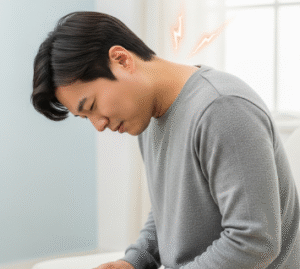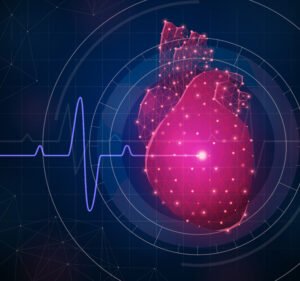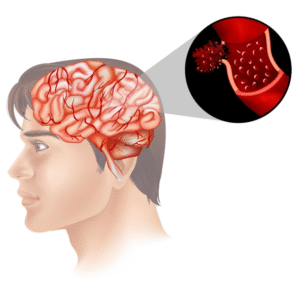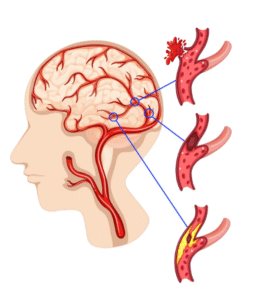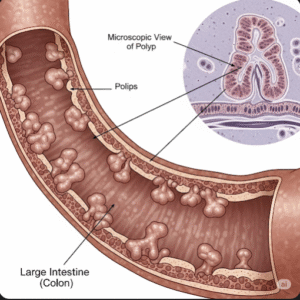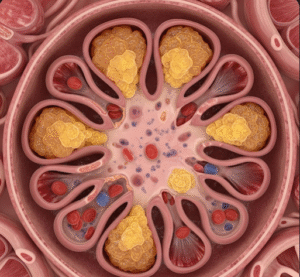➤ Overview
Tailbone pain, medically known as coccydynia, refers to discomfort or aching at the bottom of the spine, just above the buttocks. This pain can range from mild soreness to severe, debilitating discomfort, affecting sitting, standing, and daily activities. Tailbone pain is often mechanical, traumatic, or inflammatory in origin and may persist for weeks to months if untreated.
In South Korea, coccydynia is assessed by orthopedic specialists, physiatrists, and pain management clinics using physical examination, imaging, and targeted interventions. Early diagnosis and treatment are essential to alleviate pain, improve mobility, and prevent chronic discomfort.
➤ Key Facts
→ Tailbone pain is more common in women, likely due to anatomical differences.
→ Pain often worsens with sitting on hard surfaces or after prolonged sitting.
→ Causes include trauma, prolonged sitting, pregnancy, degenerative changes, or infection.
→ In Korea, treatment includes conservative therapy, injections, and minimally invasive procedures.
→ Chronic tailbone pain may affect work, posture, and daily activities.
→ Early management prevents chronic pain syndromes and compensatory musculoskeletal issues.
→ Pain relief may involve physical therapy, ergonomic adjustments, and medication.
➤ What is Tailbone (Coccyx) Pain?
Coccyx pain is localized discomfort at the distal end of the spine, involving the coccyx, surrounding ligaments, and soft tissue:
→ Acute vs. chronic – Acute pain often follows trauma; chronic pain persists for more than 3 months.
→ Localized tenderness – Pain is typically felt at the tip of the coccyx.
→ Referred pain – Pain may radiate to the lower back, buttocks, or pelvic region.
→ Pain triggers – Sitting, rising from a chair, bowel movements, or sexual activity.
→ Structural involvement – Can involve coccygeal fractures, dislocations, or degeneration.
→ Indicator of underlying conditions – Trauma, infection, arthritis, or rarely tumors.
➤ What Symptoms are Related to Tailbone Pain?
Symptoms may vary depending on cause and severity:
→ Localized tenderness and aching → Pain when pressing on the tailbone.
→ Pain when sitting → Worsens on hard surfaces; relieved by leaning forward.
→ Radiating discomfort → Buttocks, lower back, or pelvic region may be affected.
→ Swelling or bruising → Often seen after trauma or fall.
→ Pain during bowel movements → If coccyx movement or soft tissue irritation occurs.
→ Muscle spasm → Surrounding pelvic floor or gluteal muscles may tighten.
→ Postural changes → Avoidance of pressure on coccyx when sitting or lying.
→ Chronic discomfort → Can interfere with sleep, work, or physical activity.
➤ What Causes / Possible Causes?
Tailbone pain can arise from trauma, mechanical stress, or medical conditions:
→ Trauma or falls – Direct impact while sitting or falling backward.
→ Prolonged sitting – Sitting on hard surfaces or poor posture over time.
→ Childbirth – Pressure on the coccyx during delivery can cause bruising or dislocation.
→ Degenerative changes – Arthritis or disc degeneration near the coccyx.
→ Infections or abscesses – Rare, but can involve the coccyx or surrounding tissue.
→ Tumors – Rare malignant or benign lesions affecting the coccyx.
→ Repetitive strain – Activities like cycling or rowing.
→ Obesity – Increased pressure on the coccyx during sitting.
→ Idiopathic – Sometimes no clear cause is identified.
➤ When Should I See My Doctor?
Medical evaluation is recommended if tailbone pain is:
→ Persistent for more than a few weeks despite home care.
→ Severe or worsening over time.
→ Associated with trauma or injury.
→ Accompanied by swelling, redness, or fever → May indicate infection.
→ Causing difficulty sitting, walking, or performing daily activities.
→ Linked to neurological symptoms – Numbness, tingling, or bowel/bladder dysfunction.
→ In Korea, orthopedic, physiotherapy, and pain management clinics provide targeted evaluation and treatment plans.
➤ Care and Treatment
Treatment focuses on relieving pain, addressing the cause, and restoring function:
→ Activity modification – Avoid prolonged sitting; use cushioned seats or wedge pillows.
→ Pain relief – NSAIDs, acetaminophen, or topical analgesics.
→ Physical therapy – Stretching, strengthening, and posture correction.
→ Coccygeal injections – Steroid or local anesthetic injections for chronic pain.
→ Warm compresses or ice packs – Reduce inflammation and relieve discomfort.
→ Manual manipulation – Rarely, gentle coccyx adjustment by trained therapists.
→ Surgery (coccygectomy) – Reserved for severe, persistent cases unresponsive to conservative care.
→ Lifestyle adjustments – Weight management, ergonomic seating, and avoiding repetitive strain.
➤ Treatment Options in Korea
South Korea provides comprehensive care for tailbone pain, combining modern pain management, rehabilitation, and surgical options:
Diagnosis in Korea
→ Physical examination – Assess tenderness, mobility, and posture.
→ Imaging studies – X-ray, MRI, or CT to identify fractures, dislocations, or structural abnormalities.
→ Evaluation of associated conditions – Pelvic floor dysfunction, arthritis, or soft tissue injury.
→ Multidisciplinary assessment – Orthopedic, pain, and physiotherapy specialists collaborate for accurate diagnosis.
Medical Treatments in Korea
→ NSAIDs and analgesics – For pain relief and inflammation control.
→ Targeted injections – Corticosteroid or local anesthetic injections for chronic cases.
→ Physical therapy programs – Stretching, strengthening, and posture correction.
→ Ergonomic counseling – Seat cushions, posture advice, and activity modification.
Advanced Therapies in Korea
→ Minimally invasive procedures – For severe pain resistant to conservative treatment.
→ Coccygectomy surgery – Surgical removal of the coccyx in rare, refractory cases.
→ Rehabilitation programs – Restore mobility and strengthen supporting muscles.
→ Patient education programs – Focus on preventing recurrence, managing posture, and lifestyle adjustments.
Rehabilitation & Support in Korea
→ Regular monitoring and follow-up to ensure pain relief and functional recovery.
→ Guidance on daily activity modification, ergonomic seating, and exercise.
→ Support for chronic pain management and quality of life improvement.



